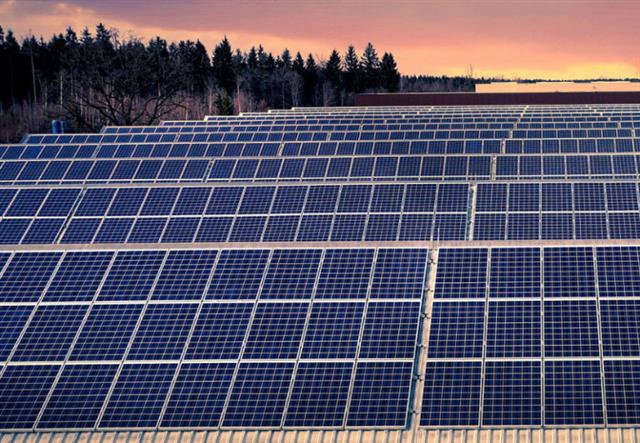China’s efforts to control carbon emissions could have a negative impact on its economic growth in the short term, says Wood Mackenzie, a Verisk business (Nasdaq:VRSK).

China’s national Emissions Trading System (ETS) began operating in July this year. The ETS covers the power sector, which accounted for around 40% of China’s 11,535 Mt CO2e emissions in 2019. The ETS sets a carbon emission quota by issuing tradeable allowances – the China Emission Allowance (CEA) – to power plants.
Since the launch of the national ETS, CEAs have been traded at an average price of RMB50.5/tCO2e (US$7.7/tCO2e). As such, the carbon cost accounts for 0.5% to 0.7% of annual generation costs for a typical coal-fired plant with two 300-MW units, assuming generation cost ranges between RMB0.3-0.45/kWh due to changes in coal prices and a CEA deficit of 5% of total power generation.
Wood Mackenzie senior economist Yanting Zhou said: “Carbon prices at these levels are unlikely to incentivise generators to improve emission intensity through fuel efficiency, never mind switch to renewables. To comply with the Paris Agreement, Wood Mackenzie estimates that prices need to be in the range of US$100-160/tCO2e. In Europe, carbon prices are trading around €55/tCO2e (US$65/tCO2e).
“In the short term, we expect carbon prices determined by the ETS to remain low as the Chinese government intends to minimise the impact on power costs and economic growth. Establishing the market lays the foundations for the government to lower the cap on total CEA issuance and achieve higher carbon prices. Only then will there be a material impact on carbon emissions.”
For now, Zhou believes that Chinese policies aimed at controlling carbon emissions in the industrial sector may prove to be more effective than the carbon market, but China will have to bear with short term pains to its economic growth.
Production limits and export controls have been used to curb energy consumption and carbon emissions this year.
The NDRC has ordered the steel industry to limit crude steel production in 2021. However, strong steel prices incentivised steel plants to produce 563 million tonnes of crude steel in H1, representing 12% year-on-year growth. Consequently, the steel industry needs a steep cut in production in H2 to meet the annual target. The negative economic impact could be tangible, dragging on GDP and stoking inflation.
China has also cut export quotas for refined fuels by 73% year-on-year for the second batch of quotas issued for 2021. The tax rebate for exports of steel products was also cancelled from 1 August. Oil refining and steelmaking are industries with excess domestic capacity. While limiting exports will help these industries to meet emission targets, it will increase domestic competition and erode margins.
Zhou said: “The pace of change is critical. Rapid adjustments to achieve emission goals quickly will inflict higher economic costs than gradual transition. China’s policy structure and track record points to faster transition than expected, as local governments tend to set more ambitious targets than the national goals.
“China is laying the foundations for energy transition but to minimise the economic costs, it needs to expedite the shift from government intervention to market forces.”


